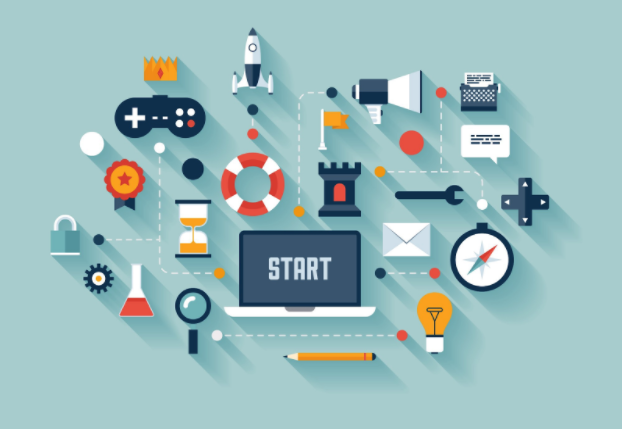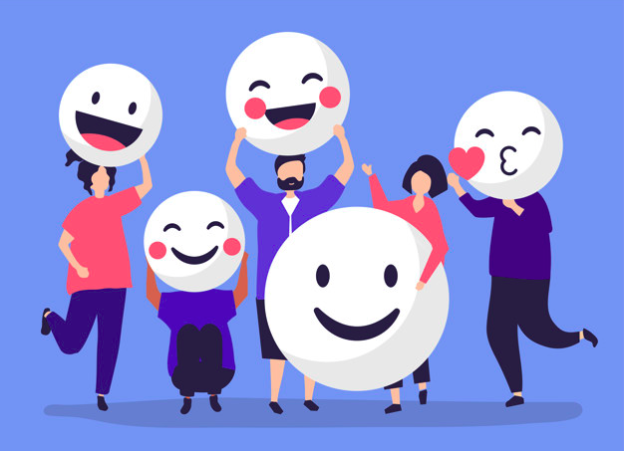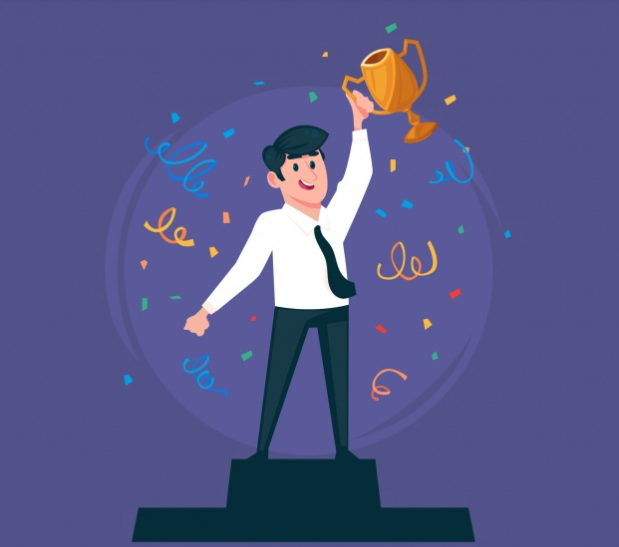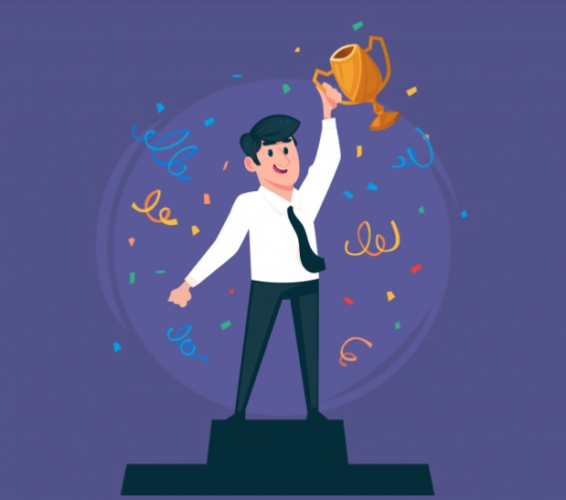As marketing evolves, more and more experts are tying major aspects of behavioral psychology to their marketing strategy. This branch of science studies the reasons people make certain decisions and perform certain actions.
Understanding how to reach out to your audience and establish an emotional connection with them is the most notable way you can use it. However, you can also apply psychologists’ findings to your sales team.
Companies have been using gamification for sales teams since the early 1970s. It is included in today’s sales models to a certain extent as well. However, analysts have started to understand all the mechanisms behind its effectiveness only recently. Let’s take a closer look at gamification in sales, how it can help your team, and what is the best way for you to implement it.

What Does Sales Gamification Mean?
To start off, let’s explore the term in general. What is gamification? To put it simply, it refers to including game-like elements in an activity. One of the most vivid examples is loyalty programs. For each repeated action, a company provides you with a token (“experience”), and a certain number of tokens provides you with a reward (“level-up”).
So, what does it mean to gamify the sales team’s activities? There are many ways you can embed various game elements into the selling process. Most of them include creating some sort of competition between employees and giving them a reward to compete over.
Top Reasons to Use Gamification
Is it worth it to spend your time and resources on implementing sales gamification ideas for your team? Here are the three reasons why we say “yes:”
1. It’s a great motivational tool
According to recent studies, the reason behind the popularity of multiplayer video games is the surge of dopamine that your brain gets after finding a valuable loot or completing an objective. The same principle can be applied to gamification in marketing. If a person expects the reward from achieving a certain goal, the dopamine will activate even before they reach it, so doing their job will be more enjoyable for them.
2. It ensures the completion of goals
As your employees get positive reinforcement for achieving the goals you’ve set for them, the chance of them reaching the next goal increases. Although it’s true for any job (with money being the reinforcement), gamification adds another reason for people to complete their tasks more efficiently and on time.
3. It creates an open and more easily manageable environment
A lot of gamification ideas for sales include an open distribution of information about the achievements of each team member. This definitely helps to motivate the people who fall behind and to acknowledge the leaders. Furthermore, it can also be used to persuade the best challengers to share their secrets and improve the team as a whole.
How You Can Use Sales Gamification to Inspire Your Sales Team
Selling the same products on a day-to-day basis can become a tiresome and tedious task.
How can you use gamification to avoid that and to keep your team motivated? Here are some of the steps you need to take to ensure that your gamification strategy works to the fullest extent:
Set up multiple stages in your game plan
With more checkpoints and interim goals come more fun and engagement
Make sure there is a tangible value behind the bonus
People should know what they are competing for; this way, you will avoid potential disappointment and resentment.
Shift the focus from the monetary value
if a person works in this field, they probably enjoy what they’re doing. Let them know what role they play in the success of the company.
Modify the game plan for each department and skill level
Adapt it to different conditions and make sure everyone feels that the game is fair.

10 Strong Sales Gamification Ideas
There are a number of successful marketing experts that can offer dozens, or even hundreds, of various gamification ideas for sales teams. It is impossible to figure out which one of them is the best. However, we’ve found 10 great ideas that could fit most sales teams extremely well.
1. Super Hours and Happy Hours
It is unreasonable to assume that a person can work an 8-hour shift non-stop. That’s why you can set up a system to award the more intense work during “super hours” (the time that’s more comfortable for customers) with rest during “happy hours.” You can make it more desirable for your team if you let them come in late or leave early on Friday.
2. Random Prize
This model is one of the simplest and most effective. Every day/week/month, buy a prize for the best seller on your team. Do not disclose what the reward is, as it will keep your team more involved in each contest.
3. Sales Tournament
Set up a championship where people compete in pairs with each other, with only one person getting to the next stage. In the end, while only one person can be the winner, you should pay attention to the people that didn’t make it all the way through, yet still showed good results or impressive improvement.
4. Pie Your Manager
Who wouldn’t dream of throwing a pie in their supervisor’s face? Well, such a dream can become a reality for the most dedicated person on the team.
5. Dirty Santa
This game requires a pool of gifts. Every week, a person with the highest sale count can open one present from the pool. Next week, another person can either open another present or take an already open one and so on. Each team member will race for a chance to open or swap another prize.
6. Challenge Bowl
Create a number of handicaps and let each person choose one. If a seller can complete a number of deals with the handicap, they’ve won the challenge and get a prize. This won’t bring a competitive spirit to the mix but will surely make the activity less monotonous.
7. Priority List
This idea is simple, too. Make a list of priorities for each team member (put either a new product, old product left in stock or specific unfinished deals on top of the list) and adjust the gain based on the position of the task on the list.
8. Paired Sales
Pair your employees into two-person teams and let the best team win the prize. This way, you can pair up the best and the worst sellers and let them exchange experience directly.
9. Sales Lottery
The lottery is an exciting game by itself, but how can you tie it to your metrics? The simplest way is to increase the chance of winning for each sale a person makes by giving them additional tickets.
10. Customer Insight
If your business is open to customer reviews, you should definitely reward the person that gets to be mentioned the most. Be careful – such a tactic can make your sellers annoying and pushy when it comes to reviews.
Gamification as a Part of Your Strategy
Gamification is only one of the ways you can motivate and inspire your team. However, if you’ve started using it, you should commit to it. You need to be consistent and fair if you want to foster trust in your small community.
However, don’t forget to check the numbers. Make changes to your strategy if you don’t see any progress, learn to adapt it based on engagement.
Three Good Sales Gamification Examples
Gamification has been around for quite some time, and there are many companies that have already implemented it. Let’s take a look at the three most bright successful gamification examples.
1. Cisco
Cisco has started using gamification in their sales department fairly recently, but they have already experienced a stable increased sales by about 10%. While it doesn’t seem much, it’s a huge deal and a lot of money for such a big international company.
2. Silver Grill Cafe
This is one of the smaller gamification examples sales, but the result they’ve experienced is noticeably more impressive. The bank has managed to achieve a 66% increase in return on investment after they implemented their gamification strategy!
3. Salesforce
Another example of gamification is Salesforce success story which is of a different kind. Salesforce is a CRM platform that offers a range of services for companies all around the world.
Recently, they’ve launched Salesforce gamification platform that’s already being used by big and small businesses.

In Conclusion
All in all, gamification and sales contests are a great way to both boost your sales and create a positive environment within your team. It allows you to reward and motivate the team as a whole. Although a lot of people think of games as a part of their childhood or the way for them to escape reality, it actually is a great way to make your job more interesting. Don’t hesitate and implement gamification tools into your business as soon as possible.


